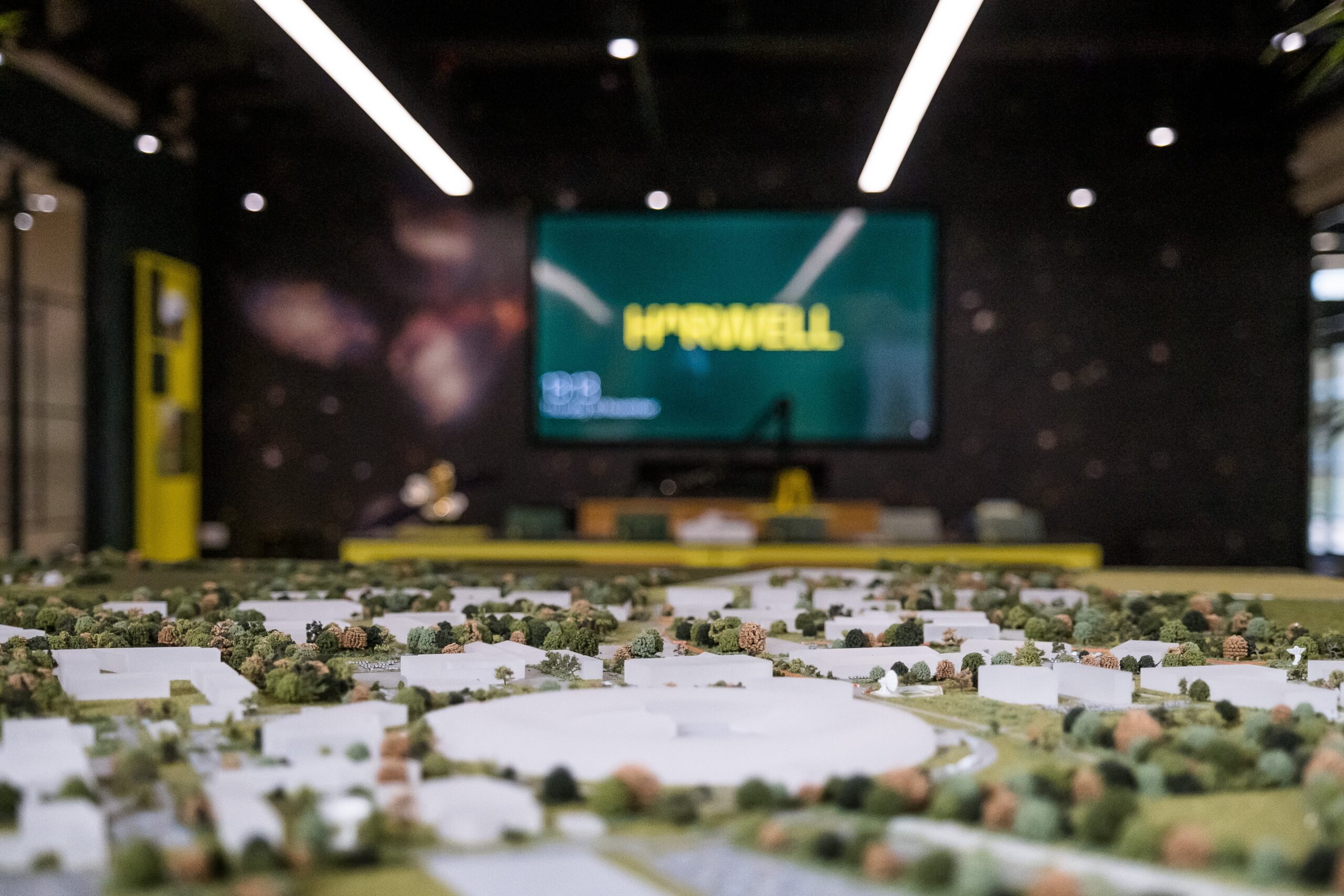
Revised or reinvented? Pioneering the next generation campus
Given the pace of change in technologies and industry applications, 2040 can feel like a long time away. And yet for the forward-thinking international campuses that convened in Harwell last month, there is a clearly shared logic to prepare proactively for the future and indeed shape it for mutual advantage.
Pioneer Campus 2040 brought together 100 people from 10 nations spanning the full campus value chain – managers, investors, researchers, innovators, convenors, policymakers and placemakers. Speakers and panellists – from Grenoble to Oslo, from Amsterdam to Cambridge – revealed a number of strikingly common trends. Extraordinary global challenges to solve. Fierce international competition. National productivity headwinds. Technologies moving quickly, while co-ordination materialises more slowly. Congestion and inflation affecting business performance on campus, and workforce liveability off it.
Whether 50 years old or 5, campus clusters see that they will rely more and more on cultures of open innovation that connect their pools of scientific expertise into wider webs of relationships. Their talent base is not only scarce but also more motivated by social impact and quality of workplace experience. Plus there are growing social and commercial obligations around climate change. These trends and many others are set out neatly in a landmark report launched by SQW in partnership with Harwell at this event.
Campus leaders gave us a glimpse of what the next cycle has in store in the building, management, leadership and investment for their locations. These are places that now need illuminating at ground level as well as viewed from the air. Where disruptive knowledge is as welcome as adjacent knowledge. Whose spaces need priming for a workforce that exercises much more discretion about when and how to work. And where the focus and introversion required for meticulous research has to be accompanied by a bold sense of the customer, the audience, the social license and the mobile opportunity.
Most participants agreed that campuses will have to work differently and get in the habit of experimenting with the place as well as with the science. They will want to provide high quality services and signposting for small businesses, to activate the spaces between buildings as well as within them, and to provide better choices for people to get around. In polls across the day, more than 65% of attendees saw their campus as nearer the beginning than the end of this journey. Over half viewed it as essential that they become more attractive to start-ups and also more multi-functional as districts. Panellists reminded us that this means additional skills becoming part of the campus leadership toolkit – to deliver and orchestrate the co-location, carbon removal, human connection and porous placemaking required.
Perhaps most of all what became clear is an unquenched thirst for purposeful collaboration among this community of campus leaders and change-makers. The scale and speed of challenges on a 2040 horizon demand strong bonds with peers who are very likely to be across borders. Campuses rightly want to benchmark themselves not just in the local marketplace, but on a global plane. Relationships between like-minded and complementary campuses have plenty of room to deepen. Many at Pioneer Campus felt that these may even evolve into preferential corridors that share R&D, talent, intelligence and investment.
The logic of the time-honoured research campus is being revised as we speak. In hosting this dialogue, Harwell has highlighted the value of learning and working together towards big picture reinvention, to shape and lead the change that is coming. That is the opportunity ahead to grasp.

This blog post was written by Dr Tim Moonen.